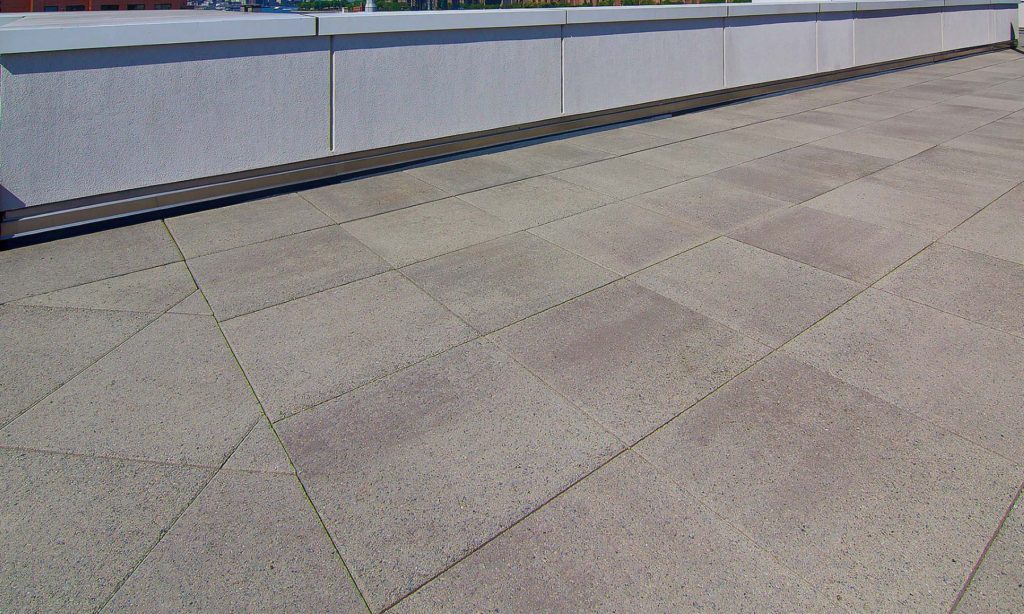With so many options for your flat roof, choosing the right type of roof for your commercial property can be a challenge. But there are certain deciding factors that can influence your decision. And these include the installation time, the water resistance, and the longevity of the roof type. Hot melt roof systems are one of the leading options in each of these categories. But what is a hot melt roof and could it be the roofing solution your property is looking for? Well, here at Enviroply Roofing, we are leading roofing specialists. And we focus particularly on commercial properties, and industrial properties, around Lancashire and the surrounding North West region. As a result, we have produced this guide to hot melt roofing for commercial properties.
What is hot melt roofing?
Hot Melt roofing systems involve applying a hot liquid directly onto your prepared roof deck. This creates a self healing membrane that fully bonds to the shape of your building. Because of this bonding, water cannot slip through the membrane, and so hot melt roofs are fully waterproof.
Hot melt roofs are created using two layers of bituminous rubber, to create a roof membrane that is around 6 mm thick. There is also a reinforced fleece layer between the two rubber layers, and then finally, a fully bonded felt layer added over the top.
Hot melt roofing can be bonded to concrete, timber, and brickwork and it can easily cover surface irregularities.
Inverted roof systems
Hot melt roofing can also be used to create an inverted roof. By this, we mean a roof with the membrane, and the insulation, the opposite way round to usual roofs. The waterproof membrane is laid directly onto the roof deck, and the insulating materials, and ballast materials, such as gravel, are laid over the top. This creates a fully protected, and effective roof system.
Hot melt roofing for commercial properties
So why is hot melt roofing such a popular option for commercial properties? Well, there are many advantages of installing a hot melt roof system. And these include:
- The installation time- Hot melt roofing is extremely quick and straight forward to install. It can even be installed during the winter, as it can withstand temperatures of up to -18 degrees! With fast curing times, the hot melt will be rain, snow and frost resistant immediately after application.
- Water resistance- Hot melt systems bond completely to the roof structure, which prevents any change of water tracking. It provides a self healing, self-sealing 100% waterproof membrane with no minor penetrations. Also, because this is a monolithic system, there are no gaps, or overlaps that can cause failure points.
- Longevity- Like our other flat roofing systems, hot melt systems are built to last. In fact, some hot roof systems have a 50 year life expectancy! 5 times as long as some felt roof options.
- Usability- Hot melt roofing systems can create a roof that is fully usable as a walkway or green roof. In fact, there are a number of things you could consider to turn your roof into a more usable space.
For more information or advice about flat roofing systems, and hot melt roofing for commercial properties, get in touch with the experts today, here at Enviroply Roofing.

